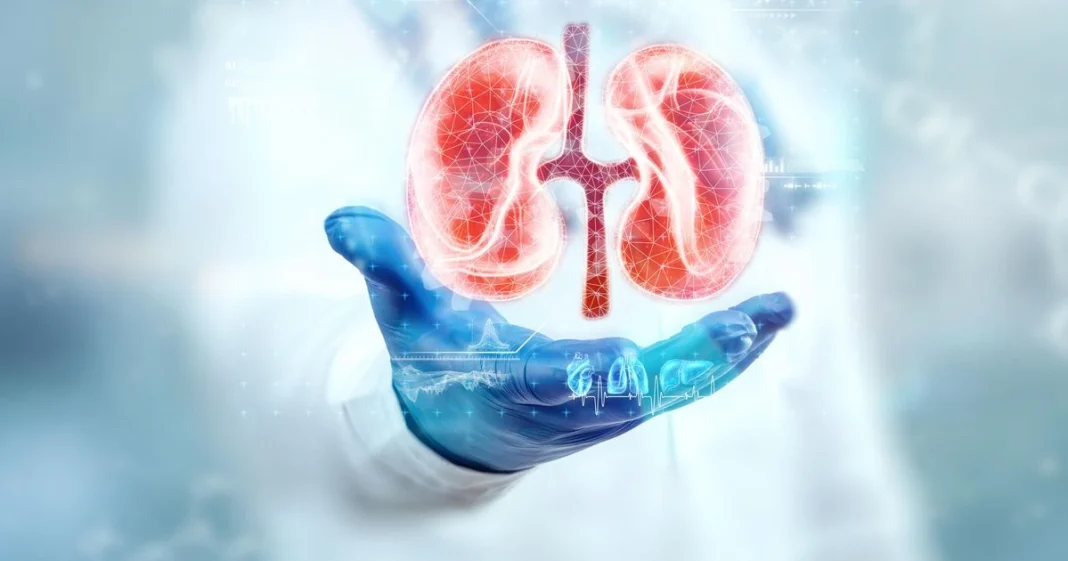India is grappling with a severe public health crisis, as a recent study reveals the nation accounted for the second-highest number of chronic kidney disease (CKD) cases globally in 2023. This alarming statistic underscores a growing challenge that silently affects millions, placing immense strain on individuals, families, and the already stretched healthcare infrastructure. CKD, a progressive loss of kidney function over time, often goes undiagnosed until it reaches advanced stages, making early intervention difficult and expensive.
The study’s findings are a stark reminder of the escalating burden of non-communicable diseases (NCDs) in India. With a vast population and diverse socio-economic landscape, the factors contributing to this surge are multifaceted, ranging from lifestyle changes and genetic predispositions to inadequate public health awareness and accessibility issues in healthcare. Addressing this burgeoning epidemic requires a concerted, multi-pronged approach that tackles prevention, early detection, and affordable management strategies.
The Silent Epidemic: Unpacking the Causes and Impact
The sheer scale of India’s CKD burden is deeply concerning. Being the second-highest globally signifies millions of lives impacted, often without their knowledge until symptoms become severe. The primary drivers behind this surge are predominantly lifestyle-related NCDs. Diabetes and hypertension (high blood pressure) stand out as the leading causes of CKD worldwide, and India’s rapidly increasing rates of both conditions directly correlate with the rise in kidney disease.
A sedentary lifestyle, coupled with changing dietary patterns towards processed foods high in sugar and salt, contributes significantly to the prevalence of diabetes and hypertension. Furthermore, genetic predispositions within certain Indian populations may also play a role. Beyond these, factors such as the misuse of over-the-counter pain medications, exposure to environmental toxins, and sometimes, traditional remedies containing heavy metals, can also damage kidneys over time. In many rural and economically disadvantaged areas, access to clean drinking water and sanitation remains a challenge, indirectly impacting kidney health through increased risk of infections.
The silent nature of CKD is perhaps its most insidious characteristic. In its early stages, the disease often presents no noticeable symptoms, leading to late diagnoses. By the time symptoms like fatigue, swelling in legs, or changes in urination patterns appear, significant kidney damage has usually occurred, often necessitating advanced and expensive treatments like dialysis or kidney transplantation. This late detection compounds the problem, making effective management more challenging and cost-intensive.
Navigating the Healthcare and Socio-Economic Labyrinth
The rising incidence of CKD poses formidable challenges for India’s healthcare system. The demand for nephrologists, specialized dialysis units, and organ transplant facilities far outstrips supply, particularly in tier-2 and tier-3 cities and rural areas. The cost of managing CKD, especially its end-stage renal disease (ESRD), is astronomical. A single dialysis session can be expensive, and patients often require two to three sessions per week for life. Kidney transplantation, while offering a better quality of life, involves significant upfront costs for surgery and lifelong immunosuppressant medication.
For millions of Indian families, the financial burden of CKD treatment can be catastrophic, pushing them into poverty. Many lack adequate health insurance, forcing them to exhaust savings, sell assets, or take on crippling debt. The emotional and physical toll on patients and their caregivers is immense, impacting productivity, mental health, and overall quality of life.
“The numbers are alarming, but the human cost is even greater,” states Dr. Kavita Singh, a leading public health expert specializing in NCDs. “We need a national strategy that goes beyond just treating the disease. It must encompass widespread awareness campaigns, affordable screening for high-risk individuals, and integrating kidney health into primary healthcare. Early detection is our strongest weapon against this silent killer.”
Addressing this crisis demands a multi-pronged strategy. Public health campaigns are crucial for educating the population about risk factors and the importance of regular health check-ups, especially for those with diabetes and hypertension. Expanding access to affordable diagnostic tests and medications in rural areas is vital. Furthermore, strengthening the primary healthcare system to include basic kidney function tests and providing training for general practitioners to identify early signs of CKD can make a significant difference.
Policy interventions are also critical, including stricter regulations on food labeling to reduce sugar and salt content, promoting healthier lifestyles through urban planning (e.g., green spaces for exercise), and ensuring universal access to clean water. Government-supported insurance schemes and subsidies for dialysis and transplantation can alleviate the financial strain on vulnerable populations. India’s fight against CKD must be a collective effort, involving individuals, healthcare providers, policymakers, and civil society, to safeguard the health and well-being of its citizens.




